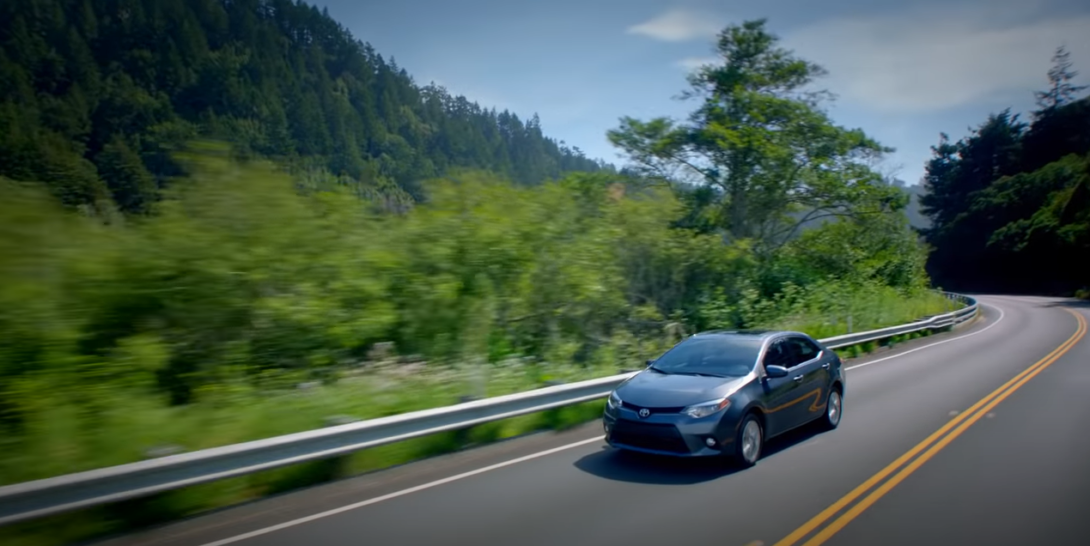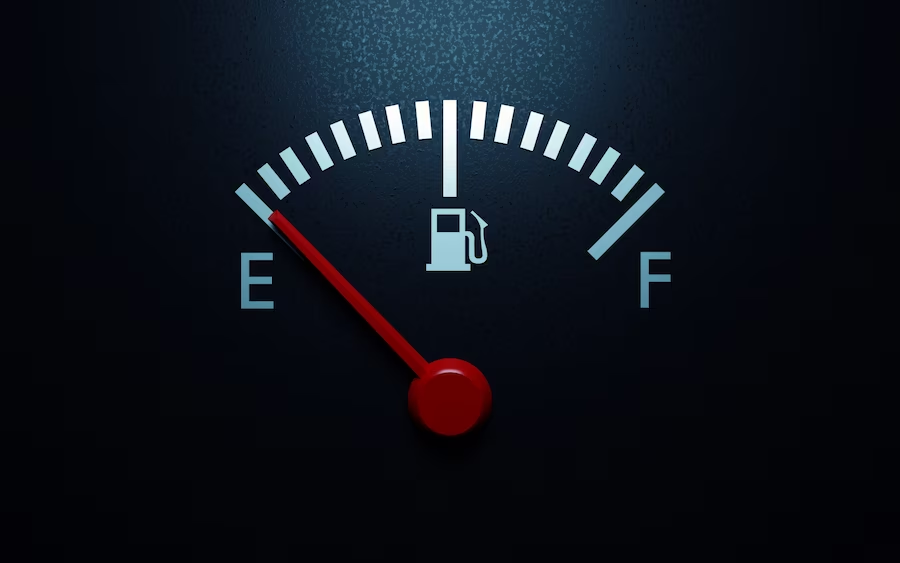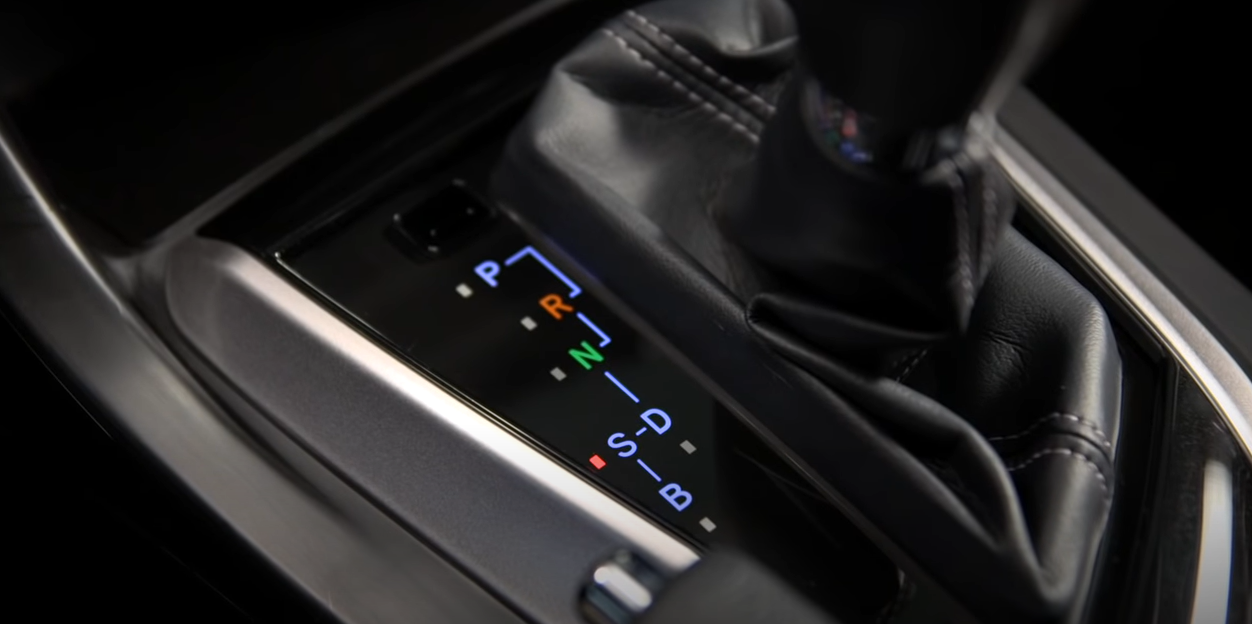For many Toyota Corolla owners, a notable point of curiosity on their dashboards is the “B” option on the gear stick. This function is different from the conventional “P,” “R,” “N,” and “D” settings and can leave drivers puzzled about its purpose. So, let’s thoroughly explore the role of the B Gear in the Toyota Corolla.
The Basics of the B Gear
At its core, the “B” in B Gear stands for “Brake” or “Engine Braking”. It’s a characteristic of certain vehicles, including the Toyota Corolla, that are equipped with continuously variable transmissions (CVTs). The B Gear function allows the vehicle’s engine to contribute to speed reduction, particularly during downhill descents, reducing the load on the brakes.
Defining Continuously Variable Transmission (CVT)
The CVT is a type of automatic transmission that, unlike its traditional counterparts, uses two pulleys connected by a belt instead of a gear system. These pulleys can change sizes based on how much power the car needs, offering a virtually infinite number of gear ratios.
The main advantage of a CVT is its ability to ensure the engine operates at optimal performance, regardless of the vehicle’s speed. This results in smoother driving and better fuel efficiency compared to conventional automatic transmissions.
However, one of the key differences of a CVT-equipped vehicle, like the Toyota Corolla, is the B Gear. This setting can be found alongside the standard P (Park), R (Reverse), N (Neutral), and D (Drive) options.
Comparing Gear Options
Here is a comparison of the different gear options available in a CVT-equipped Toyota Corolla:
| Gear | Function |
|---|---|
| P (Park) | This mode disengages the transmission from the drive wheels. The vehicle will remain stationary in this gear. |
| R (Reverse) | This gear allows the vehicle to move backward. |
| N (Neutral) | In this mode, the transmission disengages from the engine, causing the car to move freely, but it cannot accelerate without external force. |
| D (Drive) | The standard gear for all forward driving conditions. The vehicle can shift through all available gear ratios in this mode. |
| B (Brake/Engine Braking) | This gear enables engine braking, letting the engine’s natural resistance slow the vehicle down. |
In-Depth: The B Gear in Action

The primary purpose of the B Gear is to help control the car’s speed during downhill descents without depending solely on the brakes. Activating this gear when going downhill causes the vehicle to slow down even when the driver isn’t applying the brakes.
This feature proves beneficial in a couple of significant ways:
- Reduces Brake Wear: Continually using brakes, particularly during long downhill descents, causes the brake pads to wear down faster. The B Gear allows drivers to reduce their dependence on the brake system, prolonging its lifespan;
- Prevents Brake Fade: Heavy usage of brakes can cause them to overheat, leading to brake fade where the brakes become less effective. The B Gear mitigates this risk by reducing the need for continuous braking.
The Mechanics Behind the B Gear
The mechanics behind the B Gear involve a series of coordinated actions within the vehicle’s transmission system, specifically the Continuously Variable Transmission (CVT). The primary process that occurs when you switch to the B Gear involves a modification of the gear ratios, which are adjusted to allow for higher RPMs at the same speed. This is illustrated in the table below:
| Gear | RPM (at 60 mph) |
|---|---|
| Normal Gear | 2,500 RPM |
| B Gear | 3,500 RPM |
This modification leads to an increase in engine speed, causing the engine to run faster. The subsequent higher engine resistance assists in slowing the vehicle down.
The activation of the B Gear triggers further changes in the vehicle’s engine system. Notably, it causes the car’s throttle valve to close, which in turn increases the vacuum within the intake manifold. This vacuum escalation, and its effects, can be summarized as follows:
- Throttle valve position: Closed;
- Intake manifold vacuum: Increased;
- Resultant effect: Higher engine cylinder resistance.
The increased engine cylinder resistance due to the heightened vacuum slows the vehicle down more effectively. As such, the use of the B Gear allows the car to reduce speed without the need for constant brake application.
Therefore, B Gear presents a resourceful tool in situations requiring extended periods of deceleration or when traveling downhill. It provides an auxiliary braking system, reducing wear and tear on the brake system and offering a smoother driving experience. This ingenious mechanism offers a blend of convenience and efficiency, as it controls the vehicle’s speed while also conserving the physical brakes.
When and How to Use the B Gear
The activation of the B Gear is often contingent on certain driving conditions, specifically those involving downhill descents. When a driver anticipates such a situation, they can switch to the B Gear before starting the descent. This activates the vehicle’s auxiliary braking system, allowing it to slow down autonomously without needing any brake application. The transition between the gears is outlined in the table below:
| Situation | Recommended Gear |
|---|---|
| Starting a downhill descent | B Gear |
| End of descent or need to speed up | D (Drive) Mode |
This shift in gears enables the car to manage its speed and maintain control, especially when navigating steep slopes. Once the descent has concluded, or if the driver requires more speed, switching back to the D (Drive) mode resumes regular driving conditions.
Despite its useful features, it is vital to understand that the B Gear does not replace regular braking. Rather, it supplements the braking process, proving most effective when used preemptively, as outlined in the bullet points below:
- Optimal usage: Before descending a hill;
- Not ideal for: Reaction to sudden events or unexpected stops.
Regular braking remains critical for maintaining safe driving conditions, particularly for sudden stops or unexpected situations. For most everyday driving, the D (Drive) mode will be the most appropriate and efficient option.
Recognizing the Limitations of the B Gear

Despite its benefits, using the B Gear does come with limitations and should be used judiciously:
- Reduced Fuel Efficiency: The B Gear causes the engine to rev at a higher speed, consuming more fuel. Therefore, prolonged use of B Gear can decrease the vehicle’s overall fuel economy;
- Not Suitable for Regular Driving: As the B Gear is primarily designed for downhill drives, using it on flat surfaces or during regular driving can result in unnecessary engine wear due to increased RPMs.
Conclusion
The B Gear in the Toyota Corolla provides an additional level of control to drivers, particularly during downhill drives. This feature is designed to manage the vehicle’s speed while preserving the efficiency of the braking system, thus ensuring a safer driving experience. Having a thorough understanding of the B Gear’s function and limitations empowers drivers to make better use of this feature and maintain their vehicles more effectively.
FAQ
To further enhance understanding, let’s address some common queries about the B Gear:
Temporarily driving in B Gear won’t cause immediate damage to your car, but it will lead to higher RPMs and decreased fuel efficiency. Prolonged use can cause unnecessary wear on the engine.
The B Gear can help control speed on slippery descents by reducing the need for brake usage, which could potentially cause skidding. However, it’s not a replacement for careful driving and appropriate tires in such conditions.
Although the B Gear can help slow down the vehicle, it doesn’t replace the stopping power of the braking system. If your brakes are faulty, get them repaired immediately. Relying on the B Gear for stopping the vehicle can be dangerous.
The B Gear in CVT-equipped cars like the Toyota Corolla serves a similar purpose as the ‘low gear’ in conventional automatic transmissions. However, since CVTs can provide a broader range of gear ratios, the slowing effect can be more controlled and effective.
Yes, it’s safe to switch to B Gear while the vehicle is in motion, ideally before starting a downhill descent. Remember to switch back to D mode once you’re back on flat ground or wish to accelerate again.
